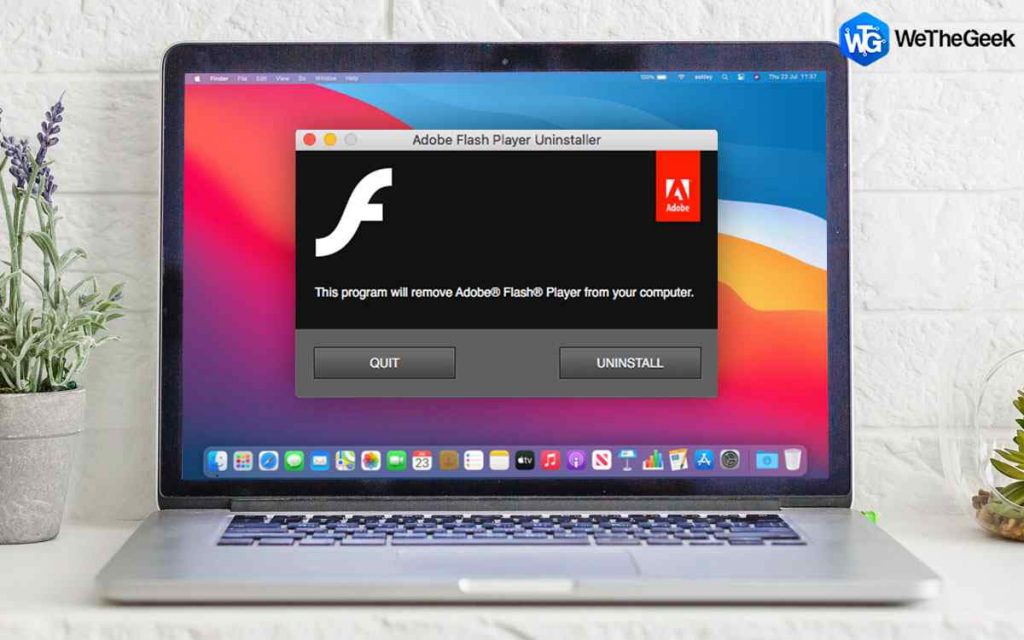
In addition, bogus Adobe Flash updates have been a commonly deployed disguise for those trying to trick surfers into downloading malware onto their PCs.Ī world post-Flash feels like a safer place to be.īut if you leave Flash on your computer there’s a problem. Well, one reason is that slick open standards such as HTML5, WebGL and WebAssembly, have grown in popularity since Flash was in its hey-day, but the most pressing reason is to better secure and protect internet users.įlash has had a chequered history over the years, with malicious hackers frequently exploiting security holes in order to infect users’ computers. The likes of Apple, Google, Microsoft, and Mozilla stopped Flash from playing in their browsers years ago, and have committed to excising any remaining Flash-related code entirely by the end of 2020. And it’s not just Adobe which has been working hard to kill it off in a graceful fashion.

In the company’s own words it “strongly recommends all users immediately uninstall Flash Player to protect their systems.”Īnyone who is still running Flash Player can expect to start seeing notifications pop-up on their screen that the software’s death is just days away and that they should uninstall the software.įlash’s demise shouldn’t be a shock, it’s been on the cards for years. With earlier this week seeing the final scheduled release of Flash Player, Adobe has confirmed that it will no longer be supporting the software after December 31 2020, and will actively block Flash content from running inside Flash Player from January 12 2021. It’s time to say a final “Goodbye” to Flash.


 0 kommentar(er)
0 kommentar(er)
